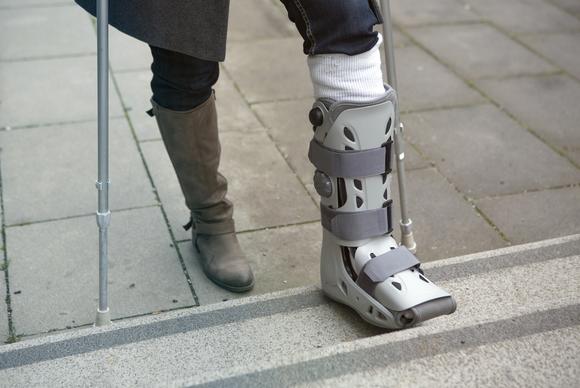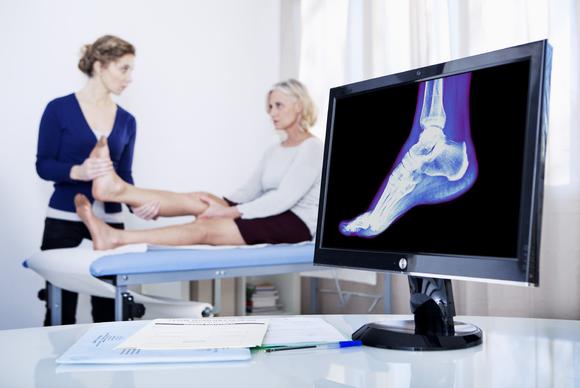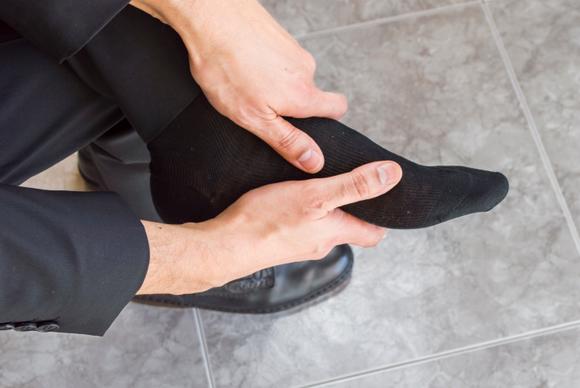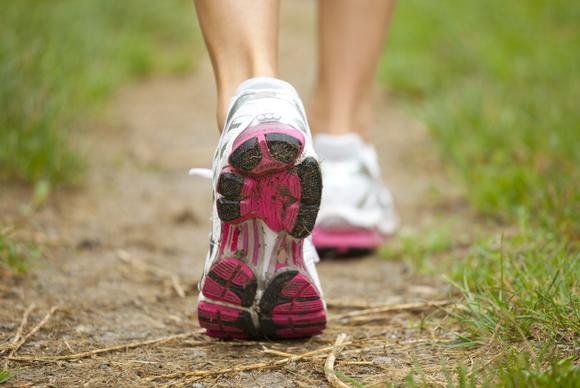View Providers

Get back on your feet with some simple techniques.
Your foot is complex. It contains nearly one-fourth of all the bones in your body. So foot fractures and dislocations can be either simple—involving just one bone—or complex—involving multiple bones. Recovery from a foot fracture or dislocation depends on the type, location, complexity and treatment. Some simply need rest, while others require weeks of rehabilitation.

1. Start with specific recovery goals to focus your energy.
Your goal during recovery is to manage your symptoms and regain pain-free, pre-injury foot function. This can take a long time and be quite a challenge depending on the type of foot fracture and the extent of the injury. In some cases, foot function and the way you walk may never return to pre-injury levels. Talk to your doctor from the very beginning about the best strategies for these goals and what you can expect.

2. Manage your symptoms with PRICE.
Common symptoms of a simple broken foot include pain, tenderness, bruising and swelling. You can manage these symptoms by following PRICE—protection, rest, ice, compression and elevation. You may need to do this for at least 48 hours. Ask your doctor about taking over-the-counter pain relievers, such as ibuprofen (Advil, Motrin) or naproxen (Aleve). More complex injuries may require more aggressive measures.

3. Keep weight off your foot.
Your doctor may tell you not to put weight on your foot. This can last for several weeks as the bone heals. Crutches will help you get around while keeping weight off the foot. Or you may only need a rigid boot to provide stability if your doctor allows weight bearing. Once the crutches or boot are gone, it’s important not to overload your bone. Depending on your age and the injury, it can take several months or years to regain full bone strength.

4. Start slow and go slow.
Your doctor may encourage you to move your foot soon after the injury. If you’ve had surgery, your doctor may recommend movement as soon as the wound heals. Gradually, you’ll add activities and intensity. Follow your doctor’s instructions for activities and movement. Doing too much too fast can cause problems, such as having the bone move out of position. If your foot starts to hurt, it’s time to rest it. Ask your doctor when it is safe to return to daily activities, work, and sports or other leisure activities.

5. Stick with your exercises and physical therapy.
You will start therapeutic exercises once your fracture is stable. This includes range-of-motion, stretching, and strengthening exercises. For simple fractures, your doctor may recommend exercises you can do at home to regain function. In other cases, you may work with a physical therapist. These exercises can be painful at first. Talk to your doctor or therapist about managing the pain so you can reach your recovery goals.

6. Look out for possible complications.
Call your doctor right away if you have fever, color changes in the foot or leg, numbness, tingling, more swelling than expected, or increased pain. These could be signs of a complication. Arthritis and chronic pain can occur long after a foot fracture. Talk to your doctor if your symptoms are not going away or return after your foot heals.

7. Take steps to prevent future injuries.
If your injury was from a stress fracture, your doctor or therapist may recommend changes to your exercise routine to help prevent future problems. This includes cross-training and alternating days of high- and low-intensity activities. For any type of fracture, it will help to build muscle strength around the bone and to start new activities slowly. You should also aim to eat a balanced diet that includes calcium and vitamin D for bone strength. Ask your doctor whether you need supplements to reach the necessary daily intake.

Keep your eye on the long-term goal: a full recovery.
An ideal recovery from a foot fracture or dislocation is one that returns you to pre-injury foot function without pain. This may not be possible in all cases, but you can do your part to get there. Remember to start slow and go slow. Putting too much stress on your foot too soon can cause problems. And if you feel pain with an activity, it’s time to rest. Your doctor will check your progress as your foot heals.




